News
School of Chinese Medicine receives lacquerware antiques from Dragon Culture Charity Fund Limited to hold an exhibition
3 July 2024
The Donation Ceremony
The School of Chinese Medicine (SCM) recently received a valuable collection of antiques from the Dragon Culture Charity Fund Limited (the Charity Fund). The donated items are now permanently housed at the Dr. and Mrs. Hung Hin Shiu Museum of Chinese Medicine at the School. The Museum of Chinese Medicine has staged a special exhibition themed "Lacquer and Chinese Medicine", featuring four sets of cultural relics. It aims to showcase to all sectors of society and international visitors the profound and enduring culture and wisdom of traditional Chinese medicine, as well as to spread the knowledge of Chinese medicine.
In recognition of the generous support from the Dragon Culture Charity Fund Limited, a donation ceremony was held today (3 July) at SCM. Officiating at the ceremony were Mr Victor Choi Wang-kuing, Founder of the Charity Fund and Professor Lyu Aiping, Vice-President (Research and Development)-cum-Acting Dean of Chinese Medicine of the University.
In his welcoming address, Professor Lyu Aiping said that SCM has been dedicated to cultivating a new generation of specialists and researchers in Chinese medicine. They engage in profound and innovative translational research, provide medical services that meet international standards, ensure the health of the public, and simultaneously promote the rapid development of Chinese medicine. The Museum of Chinese Medicine is particularly important in promoting the development of Chinese medicine in Hong Kong. It serves as a bridge between SCM and the community, allowing the public and people from around the world to learn about Chinese medicine, and it plays a crucial role in promoting the popularization of Chinese medicine knowledge.
Mr Victor Choi Wang-kuing expressed that his mission in collecting artifacts is to find a good home for them. In view of the long-standing culture of lacquer and its close relationship with traditional Chinese medicine, he believed that the Museum of Chinese Medicine at HKBU is the most suitable place for housing and displaying these lacquerwares.
“Lacquer and Tradition Chinese Medicine” Exhibition (Leaflet)
The donated antiques include four sets of lacquer artifacts dating back to the mid-Qing Dynasty to the 19th century, showcasing the close relationship between lacquer and traditional Chinese medicine. The collection includes a pair of mid-Qing Dynasty Fuzhou Lacquered Lokapala Sculptures, a carved lacquer box and a lacquer tea serving tray from Japan dating back to the 19th century, as well as a carved lacquer box from Beijing from the same period. In China, natural lacquer was not only applied to the surfaces of various objects to create artifacts, but the processed and dried lacquer could also be used for medicinal purposes in breaking blood stasis, resolving accumulation, and killing parasites. Dried lacquer is also recorded in ancient texts such as "Shennong Ben Cao Jing" and the "Compendium of Materia Medica ". This collection provides valuable references for the development of traditional Chinese medicine and historical and cultural research, showcasing the long-standing and profound culture of traditional Chinese medicine of the ancient Chinese people.
Dr. and Mrs. Hung Hin Shiu Museum of Chinese Medicine of HKBU
Since its establishment in 2007, the Dr. and Mrs. Hung Hin Shiu Museum of Chinese Medicine (http://cmmuseum.hkbu.edu.hk/eng) has been open to the public free of charge, receiving strong support from various sectors of society. It has welcomed over 150,000 visitors to date. The museum houses more than 200 valuable exhibits and over 6,000 specimens of Chinese material medica, including among others a Ming Dynasty replica of a Song Dynasty bronze human figure that shows the acupoints. The generous donation of precious antiques from the Charity Fund is a valuable addition to the Museum’s collection.
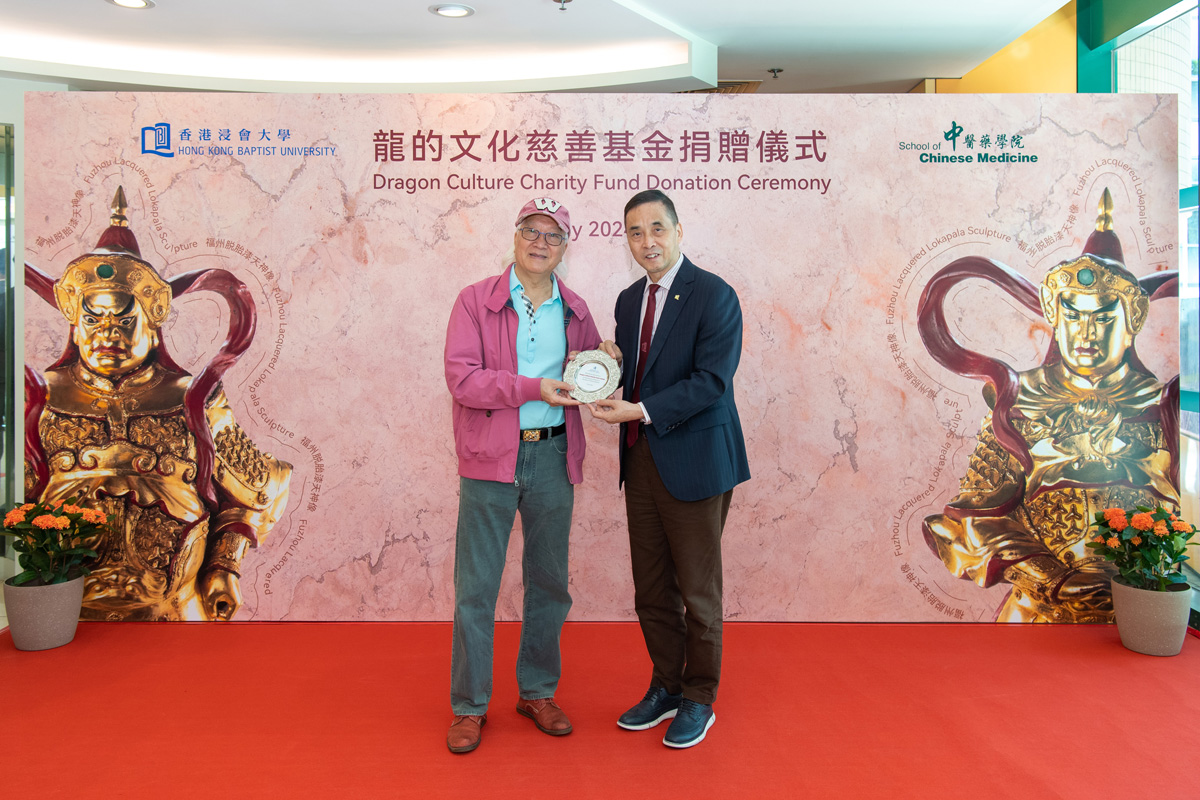

Professor Lyu (right) presented a memento to Mr Choi (left).
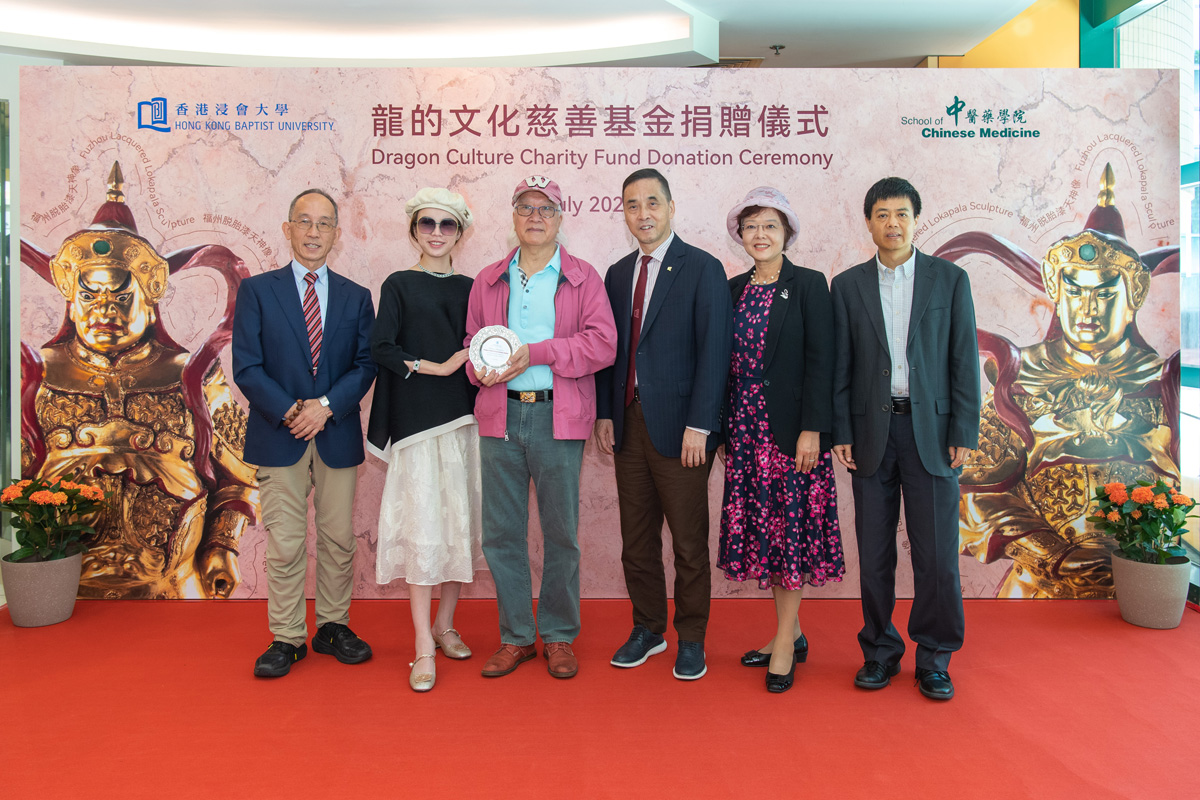

(from right) Professor Zhang Hongjie, Associate Dean (Teaching and Learning) of Chinese Medicine; Professor Li Min, Executive Associate Dean of Chinese Medicine; Professor Lyu Aiping, Vice-President (Research and Development)-cum-Acting Dean of Chinese Medicine of HKBU; Mr and Mrs Victor Choi; and Professor Zhao Zhongzhen, Honorary Consultant of the Museum of Chinese Medicine Committee.
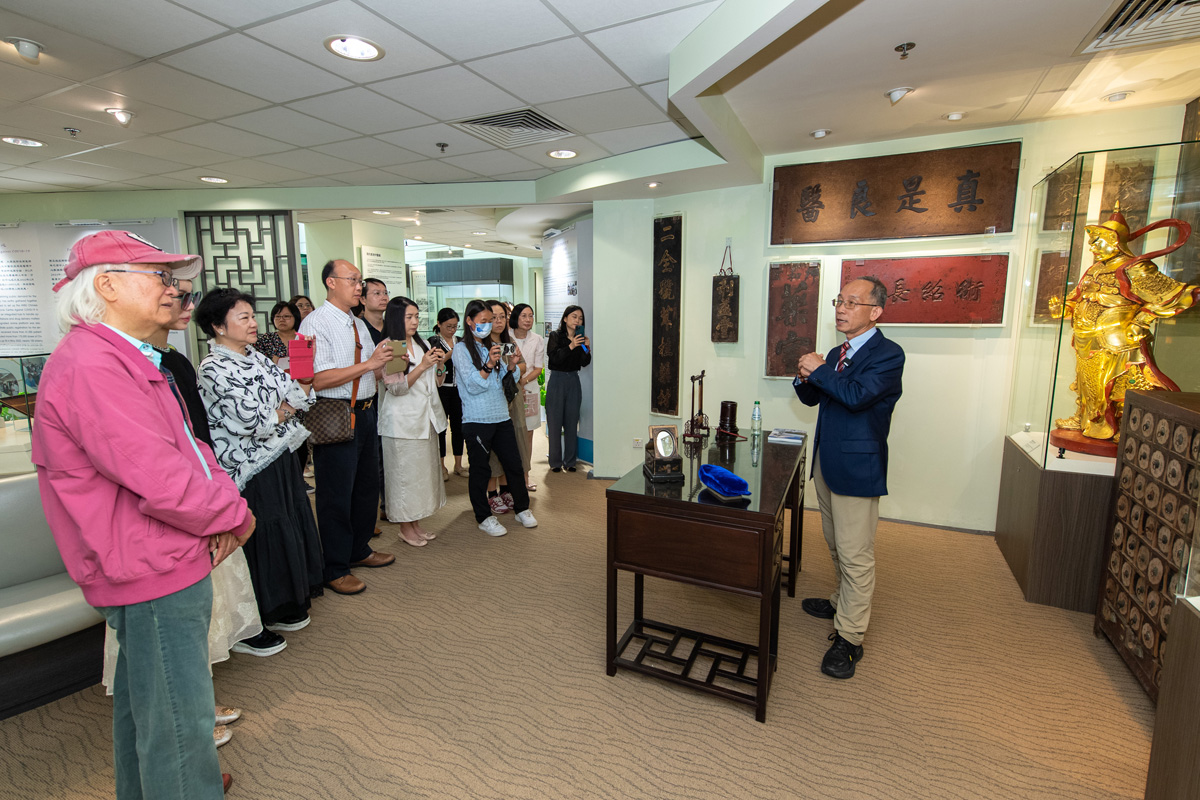

Professor Zhao Zhongzhen introduced the close relationship between lacquer and Chinese medicine to the visitors.
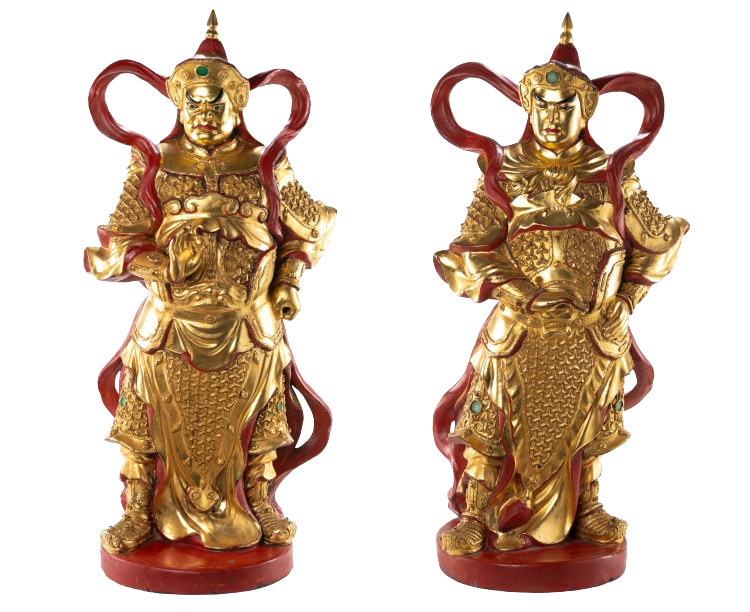

Fuzhou Lacquered Lokapala Sculptures, Mid-Qing Dynasty (1736 – 1839 AD)
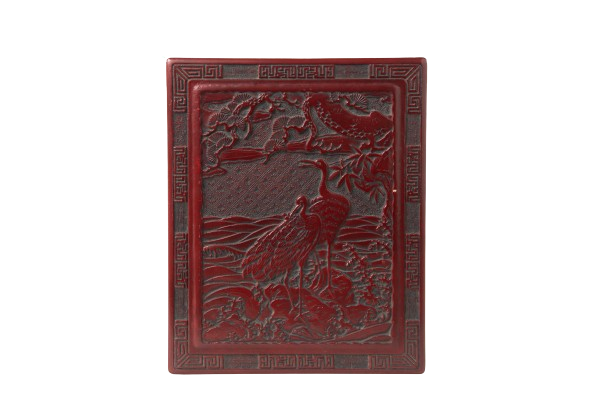

Japanese Carved Lacquer Box, 19th century (1801 – 1900 AD)
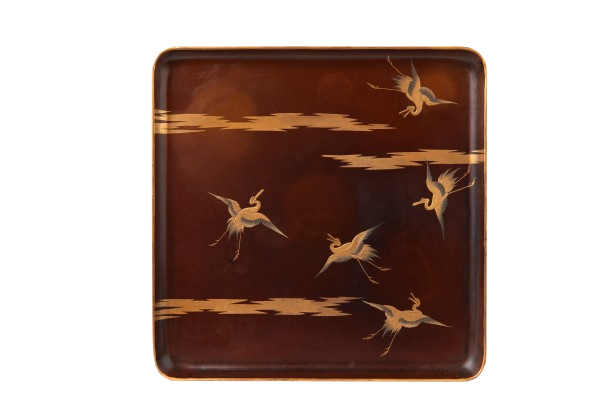

Japanese Carved Lacquer Tea Serving Tray, 19th century (1801 – 1900 AD)
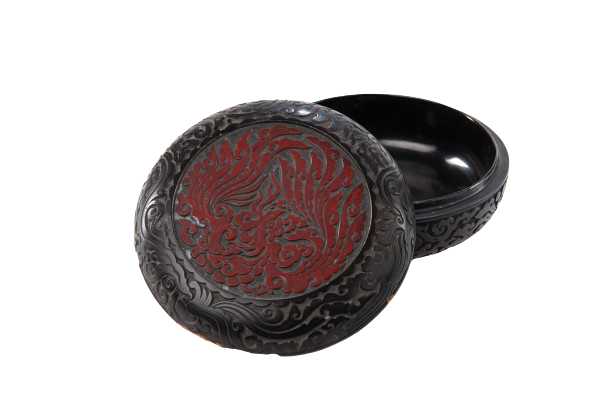

Beijing Carved Lacquer Box, 19th century (1801 – 1900 AD)